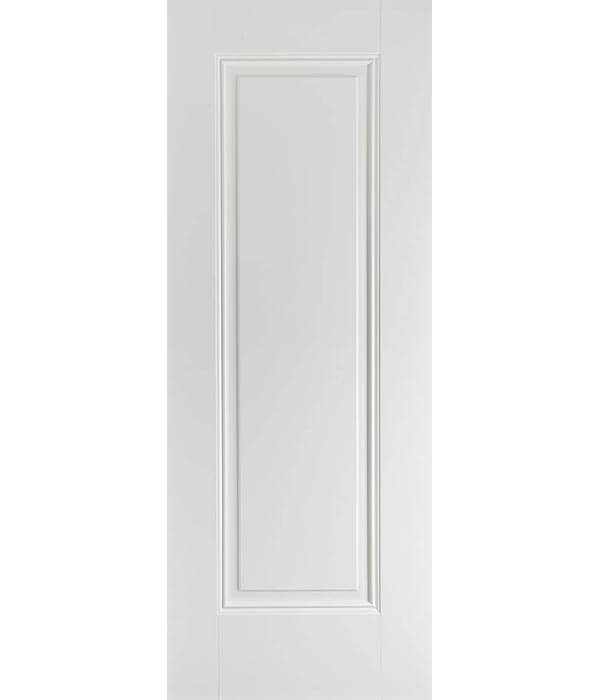Do Door Anchors Damage Doors?
Key Takeaways
| Factor | Impact |
|---|---|
| Door material | Softer materials like wood are more prone to damage |
| Anchor type | Over-the-door anchors are less likely to cause damage compared to drill-in anchors |
| Usage frequency | Frequent use of door anchors increases the risk of damage over time |
| Proper installation | Following manufacturer guidelines and using appropriate hardware can minimise damage |
Introduction
Door anchors are popular fitness accessories that allow you to perform a variety of exercises using resistance bands or suspension trainers. While these anchors provide a convenient way to work out at home, many people wonder if they can damage their doors. In this blog post, we'll explore the potential impact of door anchors on your doors and provide tips to minimise the risk of damage.
Factors Affecting Door Anchor Damage
Door Material
The material of your door plays a significant role in determining the likelihood of damage from door anchors. Softer materials, such as wood or composite, are more susceptible to dents, scratches, or cracks caused by the pressure exerted by the anchor and the resistance bands. On the other hand, harder materials like metal or fiberglass are more resilient and less prone to damage.
Anchor Type
There are two main types of door anchors: over-the-door anchors and drill-in anchors. Over-the-door anchors, which simply hook over the top of the door, are less likely to cause damage as they distribute the pressure more evenly. Drill-in anchors, which require you to drill a hole in the door to install the anchor, can cause more significant damage if not installed correctly or if the door material is not suitable.
Usage Frequency
The frequency of using door anchors can also impact the potential for damage. Occasional use is less likely to cause significant wear and tear, but frequent use over an extended period can lead to cumulative damage, particularly on softer door materials.
Minimising Door Anchor Damage
Choose the Right Door
When possible, use a door made of harder materials, such as metal or fiberglass, for your door anchor exercises. These materials are more resistant to damage and can withstand the pressure exerted by the anchor and resistance bands.
Use Over-the-Door Anchors
Opt for over-the-door anchors instead of drill-in anchors to minimise the risk of damage. These anchors are easier to install and remove, and they distribute the pressure more evenly across the door's surface.
Follow Manufacturer Guidelines
Always follow the manufacturer's guidelines when installing and using door anchors. Make sure to use the appropriate hardware and adhere to the recommended weight limits to avoid overloading the anchor and causing damage to your door.
Protect Your Door
Consider using a door protector or a thin piece of foam between the anchor and the door to help distribute the pressure and minimise the risk of scratches or dents.
Regularly Inspect Your Door
Periodically inspect your door for any signs of damage, such as cracks, dents, or scratches. If you notice any damage, stop using the door anchor and assess whether the door needs to be repaired or replaced.
Conclusion
While door anchors can be a convenient and effective way to exercise at home, they can potentially damage your doors if not used correctly. By choosing the right door material, using over-the-door anchors, following manufacturer guidelines, protecting your door, and regularly inspecting for damage, you can minimise the risk of harm to your doors while still enjoying the benefits of door anchor exercises.
When selecting doors for your home gym or workout area, consider options that are durable and resistant to damage, such as solid core doors or fiberglass doors. By investing in high-quality doors and using door anchors responsibly, you can create a safe and effective home workout space.










